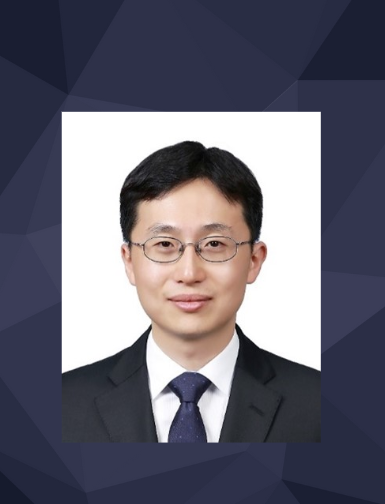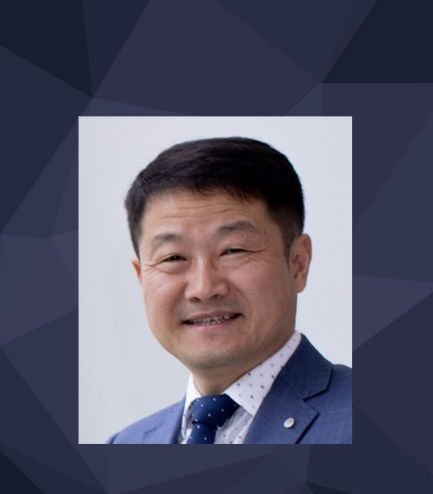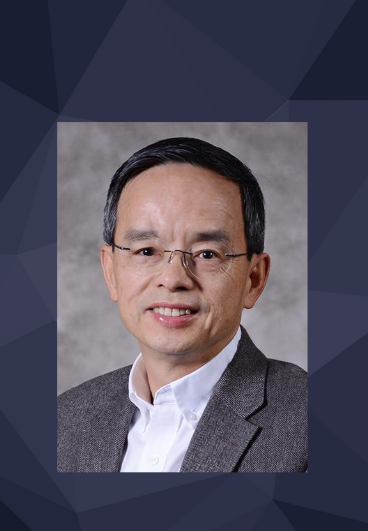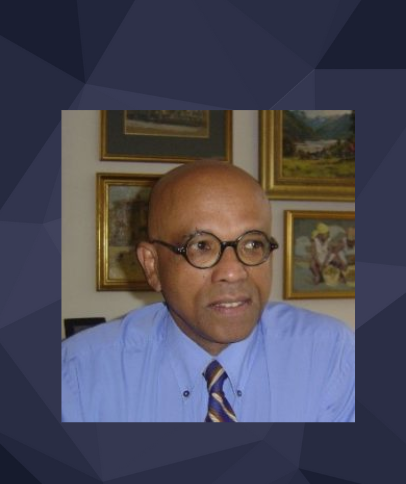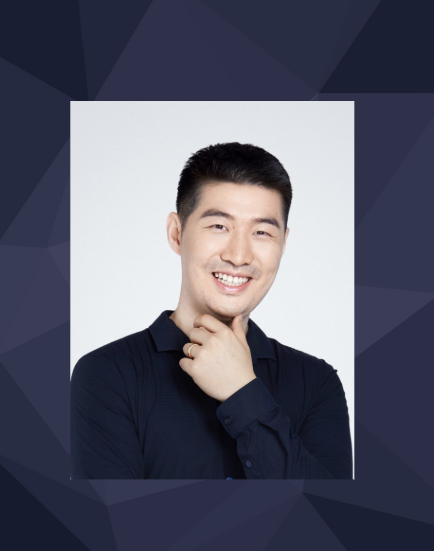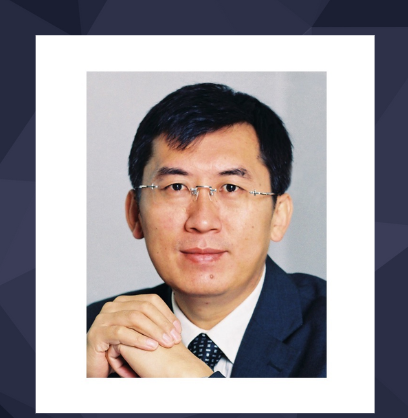TechTalk – Nanomaterials-based Soft Human-centric Optoelectronics
December 13 2023 (Wednesday) 3:30-4:30pm
Although recent research efforts in material development, device designs, and fabrication strategies have resulted in meaningful progresses to the goal of the human-centric optoelectronics, significant challenges still exist toward high-performance soft light emitting devices and curved photodetector arrays. In this talk, material assembly and fabrication strategies for the soft human-centric optoelectronics will be presented. First, recent processes in flexible, foldable, and stretchable quantum-dot light emitting diodes (QLEDs) will be presented. Technologies for high-resolution quantum dot patterning as well as passive matrix array of QLEDs with unconventional form factors will be explained. After that, wide FoV, miniaturized module-size, minimal optical-aberration, high-sensitivity, and deep depth-of-field artificial vision systems inspired from aquatic animal eyes will be presented. Unique stretchable image sensors whose image planes are well matched to the single-lens-based optical system enable such artificial visions. More recent progresses in the bio-inspired artificial visions with amphibious imaging and light-balancing capabilities will be also explained. These deformable QLEDs and bio-inspired artificial visions are expected to provide new opportunities for the advanced mobile electronics and robotics.

